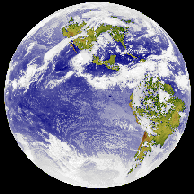Click on image for full size
Image from: Rick Kohrs, Space Science and Engineering Center, University of Wisconsin, Madison
Surface of the Earth
Underneath the water that fills the oceans, and the dirt and plants that cover the land, the Earth's surface layer is made of rock. Long ago, this rocky outer layer of Earth formed a hard crust when lava cooled.
The surface layer is broken into many large plates that move very slowly, much too slowly to see with your eyes. Mountain ranges are pushed up if two plates crash into each other. Other surface features are the result of the moving plates too, including the shape of the continents. About 250 million years ago, most of the land was connected together, and over time it has separated into seven continents as the plates move.
You might also be interested in:
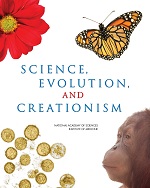
How did life evolve on Earth? The answer to this question can help us understand our past and prepare for our future. Although evolution provides credible and reliable answers, polls show that many people turn away from science, seeking other explanations with which they are more comfortable.
...more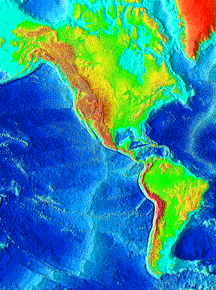
A Planet or a moon cools off slowly in time, just like the sidewalk cools off in the evening after a sunny day. The warmth contained inside a planet or moon controls what sort of activity the planet or
...more
Look at this picture of the surface of the Earth! Can you find these features? the Pacific Ocean floor continents volcanoes mountain ranges volcanic islands faults (Click on the image to see labeled examples
...more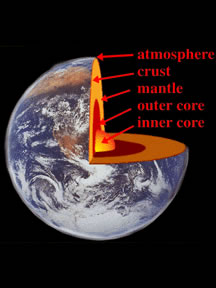
The Earth's interior is made of rock and metal. It has four main layers: 1) the inner core: a solid metal core 2) the outer core: a liquid molten core 3) the mantle: dense and mostly solid rock 4) the
...more
The Earth's surface is composed of large plates that move relative to each other. The plates can move in three directions, with each having different results. 1) When two plates collide, ocean trenches,
...more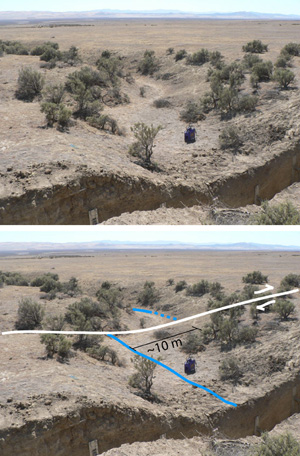
Scientists have taken a new look at the San Andreas Fault in Southern California. What they learned might change our understanding of faults and earthquakes. To better understand the fault, the scientists
...more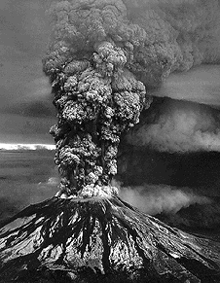
Volcanoes are large eruptions that come from deep in the Earth's core. When they erupt, they spew out lava which flows out until it hardens into rock. There are presently thousands of volcanoes, but only
...more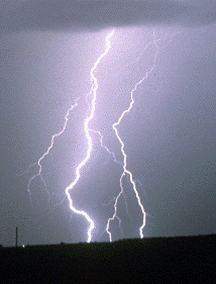
Here's a safe and easy way to make lightning. You will need a cotton or wool blanket. This experiment works best on a dry, cool night. Turn out all the lights and let your eyes adjust to the darkness.
...more


